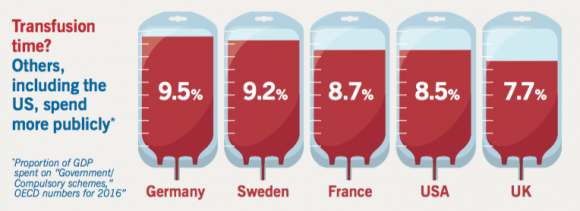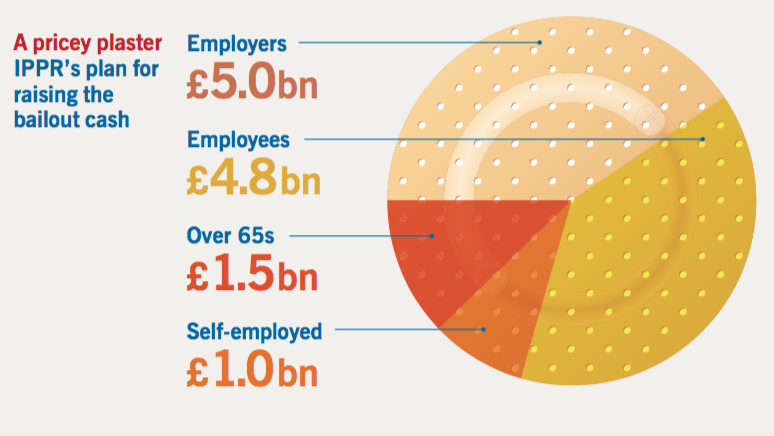The NHS was a robust 60 year old. But it looks so frail as it notches up three score years and ten that Theresa May, who used to resent the “ring-fencing” that protected it from outright budget cuts, has decided it needs emergency treatment.
That is no surprise to the experts: today's NHS has endured the longest squeeze in its history. Budgets have crept up, but not fast enough to keep pace with the big pressures like ageing, and at only a fraction of the rate it has previously required.
After the largesse of New Labour, the service initially coped on rations, but this is no longer so: waits are up, operations cancelled and winter is becoming an annual crisis.
Crunching the numbers in different ways, two thinktanks—the IPPR and the IFS—both agree that to keep the show on the road, annual budget growth of something like 3.75 per cent would be needed.
This tots up to roughly £12bn by the early 2020s, the precise sum depending on whether social care gets some of the cash.
Happy Birthday?
Theresa May has achieved a bigger headline number in her “birthday present,” more like £20bn, by stretching the plan out for a bit longer.The growth rate of spending she has pencilled in is actually somewhat lower than the thinktanks proposed as the acceptable minimum.
Still, spending will rise, and by much faster than in most other departments, even if it won’t be by quite enough.

How to fund the NHS
So how to pay for it?May has risked ridicule by suggesting that the “Brexit dividend” can help foot the bill, even though the government’s own official advisors at the Office of Budget Responsibility have said that leaving the EU will do damage to the government’s books, and not improve them.
In the end, as health secretary Jeremy Hunt has now conceded a mix of more borrowing and more taxes will likely be required.
But which taxes? The IPPR proposes National Insurance: raising all the main rates, and extending its coverage to some pensioners.

Yet as the "Rising cost of care" chart above shows, the new bailout—whether the IPPR’s version, or the May variant—won’t last all that long; another on the same scale will be needed a bit further down the road.
But our malady isn’t unique. Other governments spend more, even those in places like the US where there is also a vast private sector.












